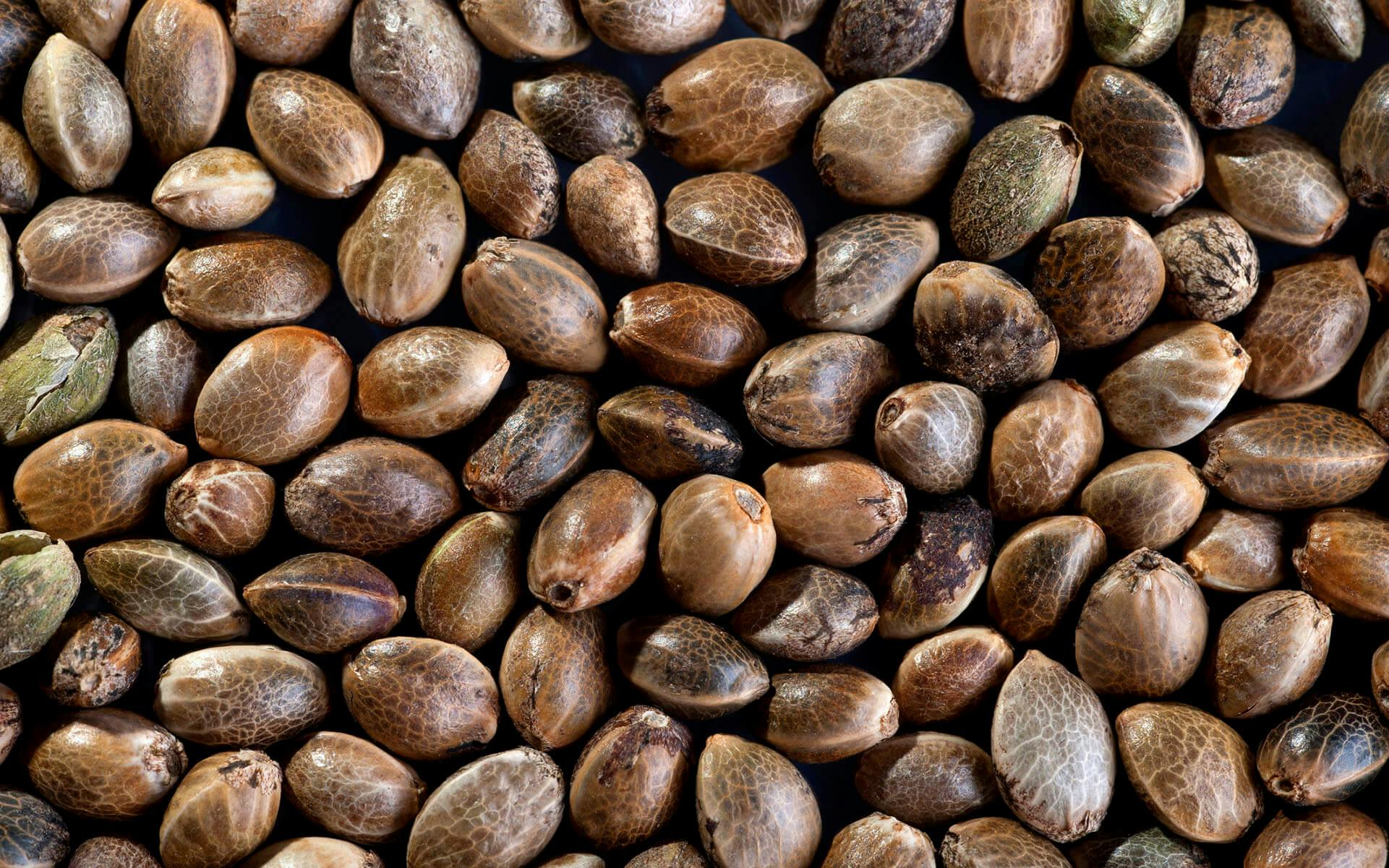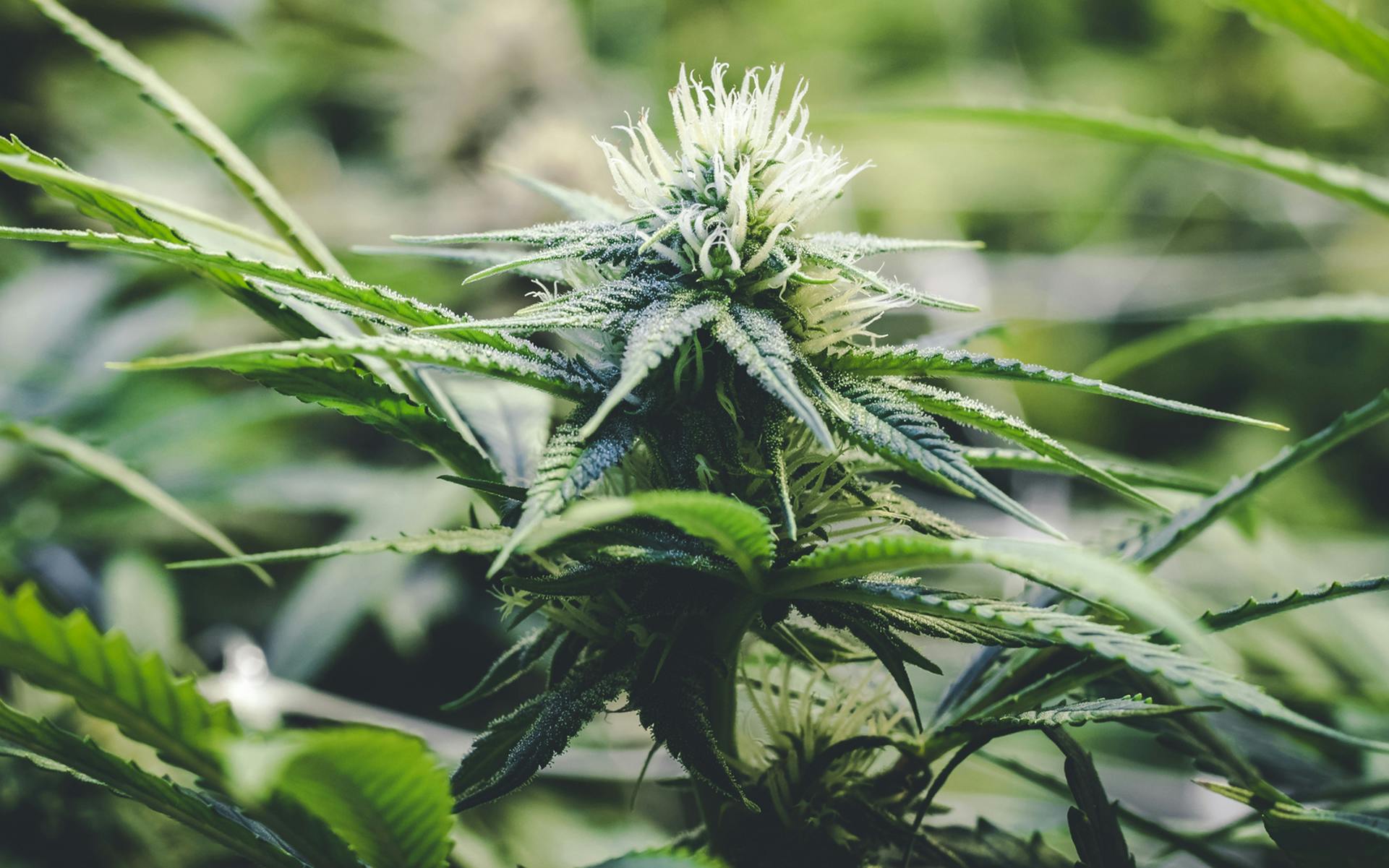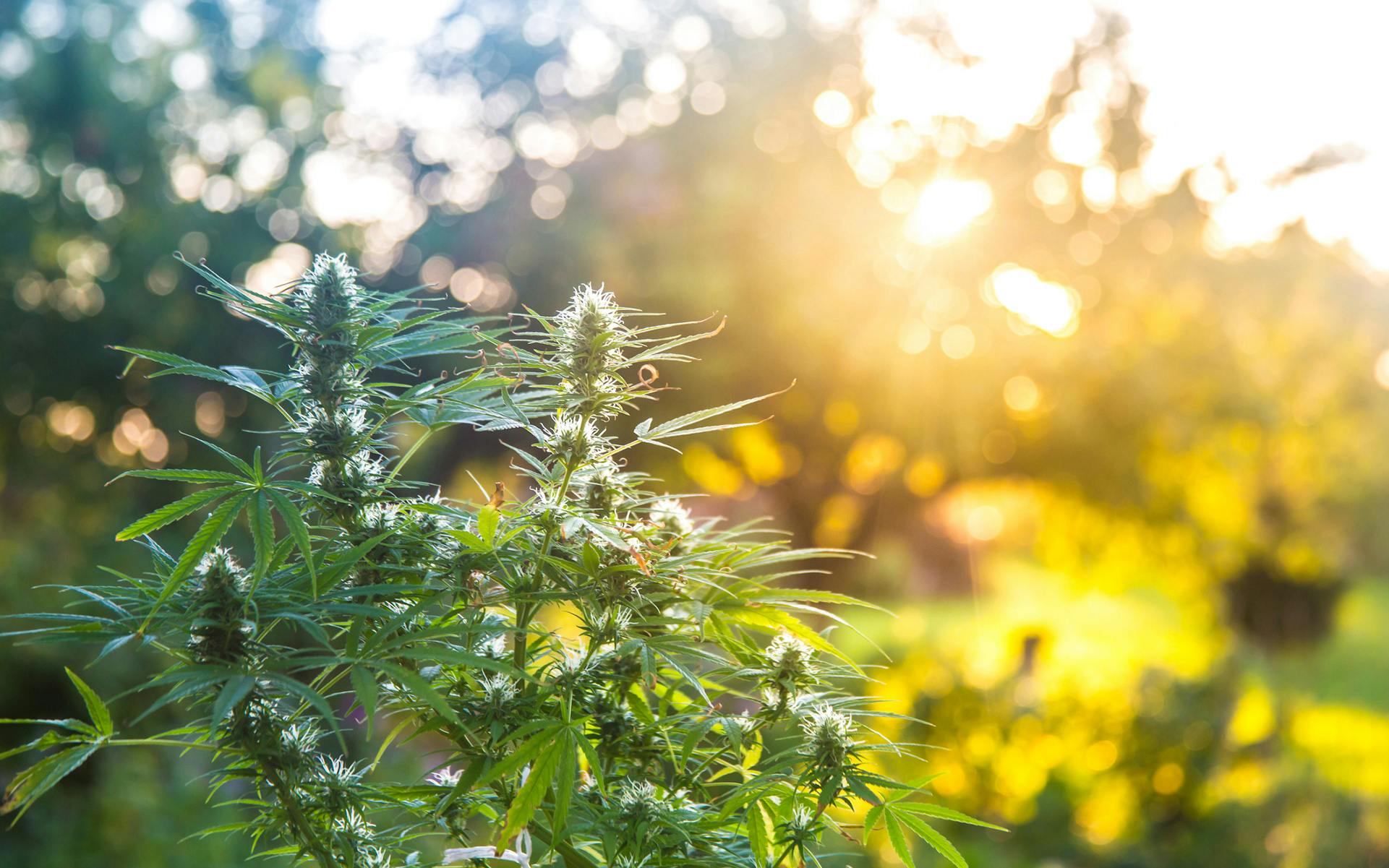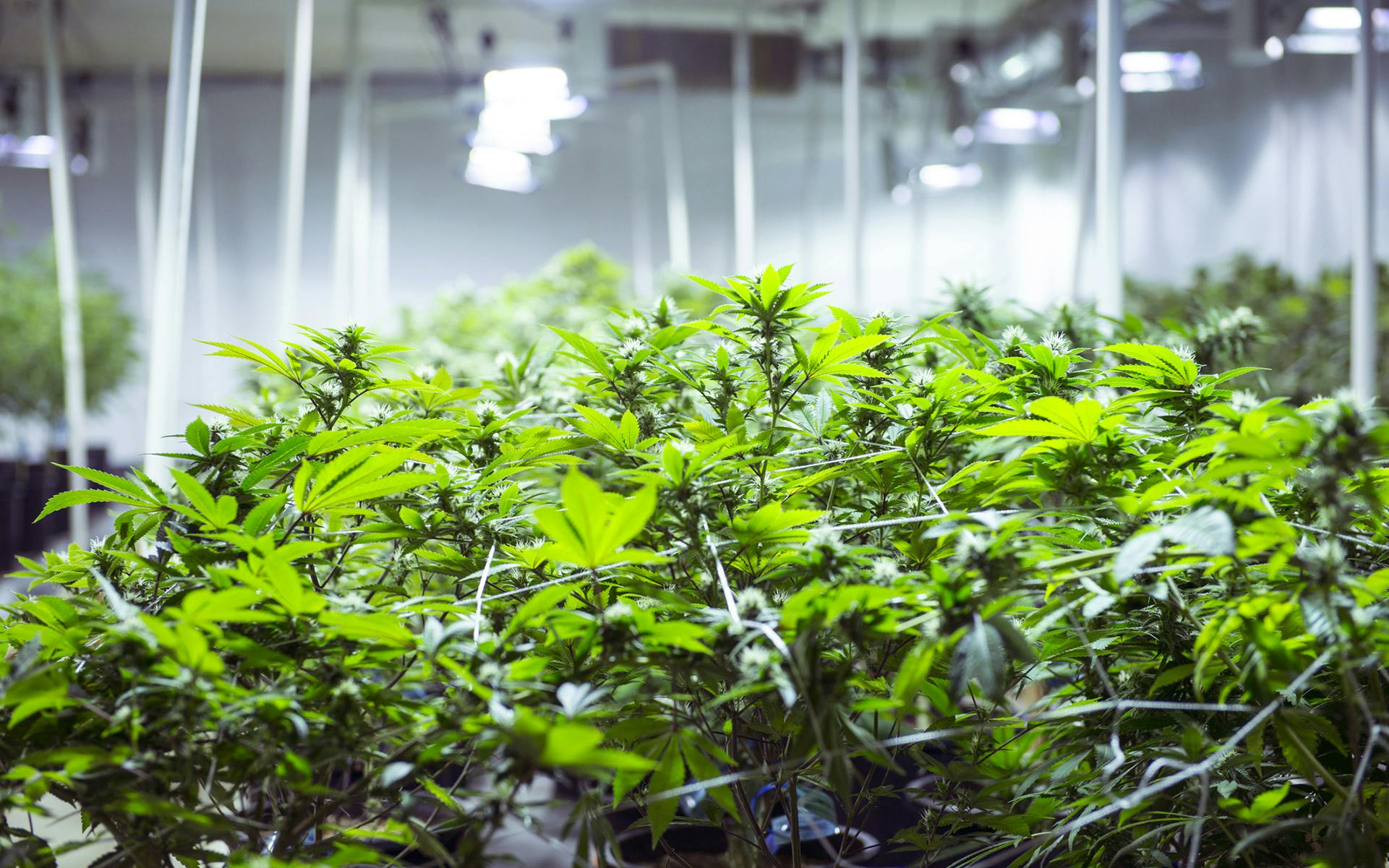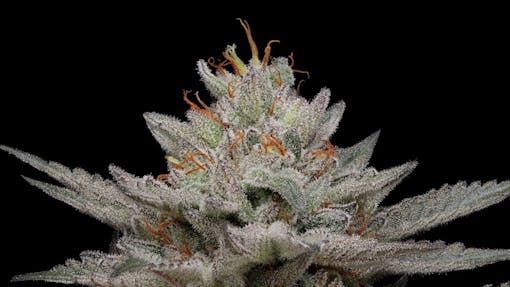
Easy to grow and quick to harvest, are autoflowers the future of weed growing?
Autoflower weed strains are becoming increasingly popular because they’re easy to grow and quick to harvest. They’re almost as simple as growing any houseplant: Just make sure they get plenty of water, and that they’re in a dry, sunny spot with a moderate temperature, either indoors or outdoors, and in about three months you’ll have some weed.
Some growers think autoflowers will eventually take over the market and replace regular indica and sativa weed plants, but autos are usually a bit less potent than your average weed plant. First-time growers, those starting late in the season, or seasoned green thumbs who just want a quick and low-maintenance weed plant to grow all tend to gravitate toward autoflower strains.
Let’s dig into how autoflowers work and see how they’re different from standard indica and sativa cannabis plants.
Regular weed plants vs. autoflowers

How regular weed plants produce buds
Cannabis is a photoperiod plant, meaning a change in the amount of light it receives on a daily basis will cause a change in the plant. Specifically, a reduction in daily light will cause a plant to start producing buds—taking it out of its vegetative stage and into its flowering stage. (Read more on all four stages here.)
A weed plant starts off as a seed and seedling, and then develops into the vegetative stage. Like a teenager going through a growth spurt, the plant packs on weight in this phase by growing its main stalk, branches, stems, and fan leaves. The plant will continue to mature and start producing buds during the flowering stage, at which point the growth of stalks, branches, stems, and leaves will largely stop.
When weed grows out in the wild, the daily amount of light it receives reduces after the summer solstice in June (in the Northern Hemisphere), when days start becoming shorter. Weed plants then start flowering and take a couple months to produce buds, which will be ready for harvesting at the beginning of fall before cold, wet weather sets in.
In an indoor setup, weed growers can control the change to the flowering stage by manually cutting the amount of light a plant receives, usually from 18 hours a day during the vegetative stage to 12 hours a day during the flowering stage.
How autoflowers work
Originally, autoflowers were a type of cannabis plant that adapted to extreme northern latitudes on the planet, where there’s only a short window of sunlight for a few months.
Shop highly rated dispensaries near you
Showing you dispensaries nearThe dark, unforgiving climate up north meant weed plants didn’t have time to flower and grow buds fully after the summer solstice—because fall and winter come much sooner in that area, and cold, wet weather would ruin buds before they were ready for harvesting.
So weed plants in this climate evolved to grow and then flower automatically, after a certain amount of time and regardless of the amount of sunlight they receive, hence the name “autoflower.” Their scientific name is cannabis ruderalis.
How autoflowers are created
Autoflower plants usually aren’t sold on their own. They’re usually crossbred with other popular strains to get an autoflower version of that strain: for example, Blue Dream Auto, White Widow Auto, Skunk #1 Auto, Northern Lights Auto, etc. (Learn more about how new weed strains are created.)
The autoflower versions have many of the similar characteristics of the original, but grow smaller and quicker like autoflowers and aren’t dependent on a strict light cycle. The auto versions won’t be identical to their originals.
The benefits of growing autoflower weed plants
As mentioned above, growing autoflowers is like growing houseplants, except these houseplants will give you some weed.
Less light
As autoflowers aren’t dependent on light and dark cycles, you don’t need to worry about giving them a ton of light—all they need is at least six hours a day. Of course the more sun they get, the more bud they’ll produce, but six hours is enough for the plant. You can put them on a sunny windowsill or other spot inside, or outside in a moderately sunny patch, and the plants will be happy.
If you’re growing weed indoors, autoflowers are great because you won’t need to buy lights for them or worry about your electricity bill going up.
Grow faster
Autoflowers grow quickly because of the environment in which they originally grew. Most autoflowers are ready to harvest 75-90 days after germination—that’s only three to three and a half months including the time it takes to germinate. You can grow multiple harvests of autoflowers a year.
Small size
Autos are also small, so you can easily grow a lot of them—be sure to check your local laws to see how many—and fit them in small spaces, like a sunny kitchen windowsill.
The negatives of growing autoflowers
So why doesn’t everybody grow autoflowers? They’re compact, they grow more quickly, and you don’t need a bunch of equipment. I mean, why not?
Less potent
The number one drawback with autoflowers, and the reason they haven’t completely taken over the weed industry, is that they are much less potent than your typical indica or sativa weed plant. Regular cannabis flower hovers around 20% THC, give or take, while autoflowers, on average, range between 10-15% THC.
Autoflowers have increased in potency in the past several years, but their THC content still has a long way to go before they can match their indica and sativa cousins.
Small size equals smaller yields
The small size of autos can be a benefit, but also a drawback—although they take up less space in your house or garden, they also yield a lot less buds. You’ll need many autos to make up the amount of dried buds that one regular indica or sativa weed plant will yield.
Although autos might not be for the cannaseur, or for those looking to get a lot of potent weed from their harvests, we recommend them for new growers, people who are getting a late start in the season, or growers looking for an easy, and low-maintenance weed plant.
Read more of Leafly’s guide to growing marijuana
- How to grow weed: Basics of growing marijuana
- 4 stages of marijuana plant growth
- Marijuana plant anatomy
- How much weed can you get from growing one plant?
- How to grow weed indoors
- How to grow marijuana outdoors
- How to set up an indoor weed homegrow for under $500
- Top 6 weed strains to grow indoors
- Cannabis seeds 101: How to grow marijuana from seed
- How to clone cannabis plants
- Marijuana seedling and plant care
- How to top and prune marijuana plants
- How to scrog marijuana plants
- How and when to transplant cannabis plants
- How to harvest marijuana plants
- How to trim marijuana
- How to dry and cure cannabis
- Troubleshooting common cannabis plant problems
- Marijuana plant nutrient deficiencies
- Buyer’s guides for cannabis seeds and growing equipment
Ready to start growing your own marijuana?
By providing us with your email address, you agree to Leafly's Terms of Service and Privacy Policy.
